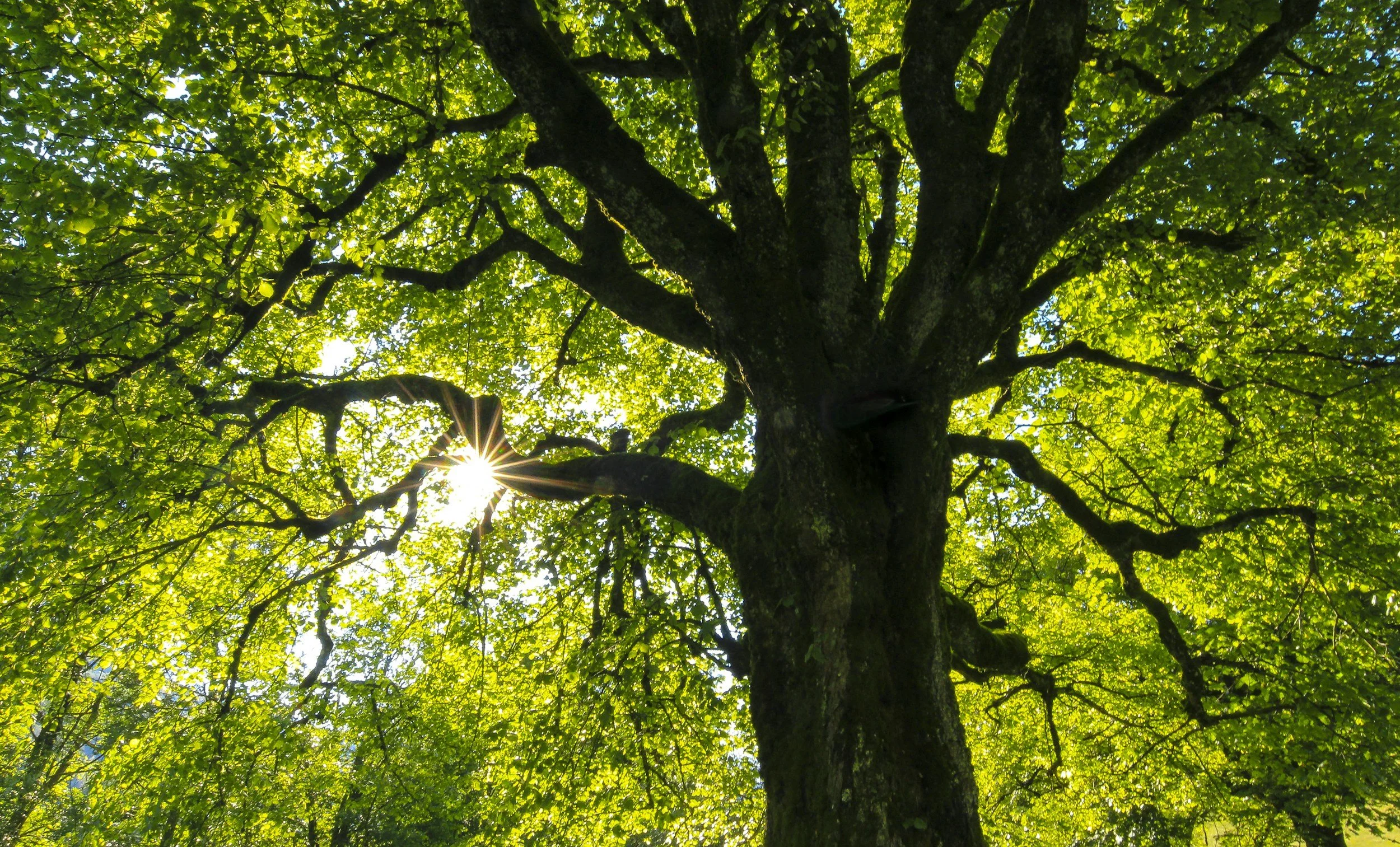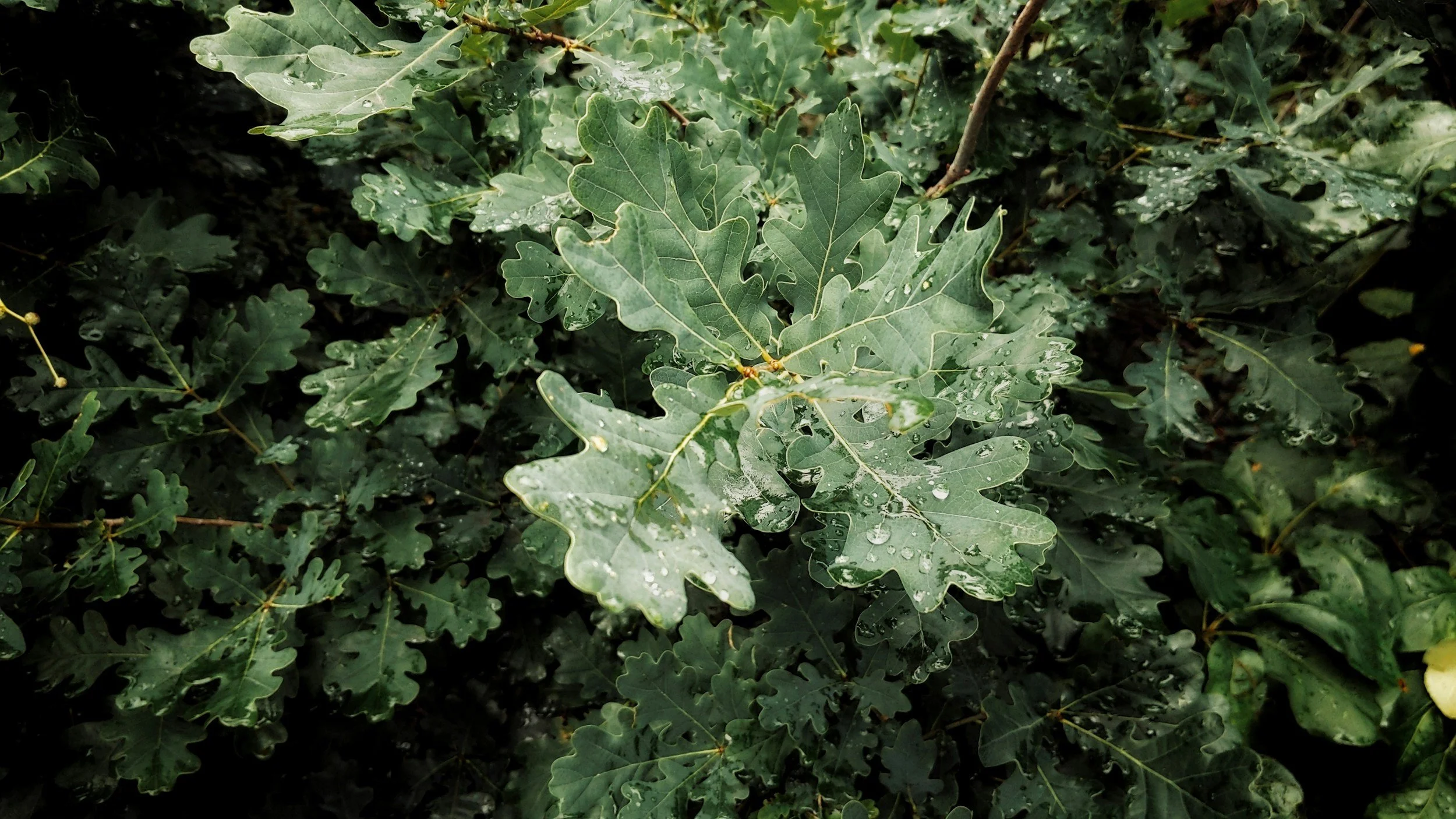Oaks — The Keystone of the Northeast Forest
If there’s one genus that defines our northeastern forests — and our ecological health — it’s the oak. These trees are more than stately shade-makers; they are ecological cornerstones. Across North America, Quercus species support hundreds of caterpillar species — the larvae that fuel our food webs and sustain nesting birds each spring.
Why Oaks Matter in New Jersey Landscapes
In northern New Jersey and throughout Morris County, oaks once dominated upland forests. Their leaves, acorns, bark, and even decaying wood form a living infrastructure for biodiversity. Studies from the University of Georgia, University of Delaware and Smithsonian Migratory Bird Center show that oaks host more caterpillar species than any other tree genus in the region — often over 900 species nationwide. That abundance directly supports chickadees, warblers, and other insectivorous birds that rely on soft-bodied insects to feed their young.
The Secret to Their Success
Oaks’ leaf chemistry — rich in tannins rather than highly toxic compounds — allows many insects to evolve tolerance, creating an immense web of specialist herbivores. Their large canopies, long lifespans, and rough bark offer homes for moth pupae, native bees, fungi, and lichen. Every layer of an oak, from roots to canopy, sustains life.
Why This Matters for Sustainable Gardens
Incorporating oaks into pollinator-friendly and sustainable landscapes reduces the need for human intervention. The diversity they support naturally balances pests, improves soil life, and attracts birds that act as biological control. A mature oak is essentially a self-sustaining ecosystem, providing shade, carbon storage, and a steady supply of leaf litter that feeds soil organisms.
Best Oaks for Northern New Jersey
Native species like white oak (Quercus alba), red oak (Q. rubra), and black oak (Q. velutina) thrive in Morris County’s soils. For smaller spaces, consider swamp white oak (Q. bicolor) or chestnut oak (Q. montana) — both excellent wildlife hosts that adapt to local conditions.
Planting a single oak can sustain thousands of species — a legacy of beauty and biodiversity that will outlast generations.



